The Cabildo
Introduction
Text-to-speech Audio
Images
View of the Cabildo from Jackson Square.
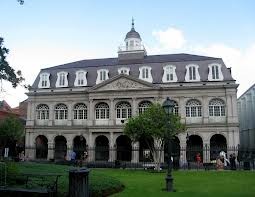
Historic view of the Cabildo (left), next to Saint Louis Cathedral (center) and the Presbytère (right). Image courtesy of the National Park Service/Library of Congress.
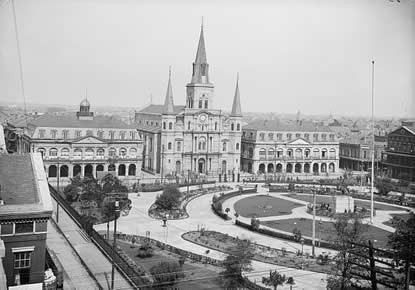
History view of the Cabildo. Image courtesy of the Tulane School of Architecture/New Orleans Preservation Timeline Project.
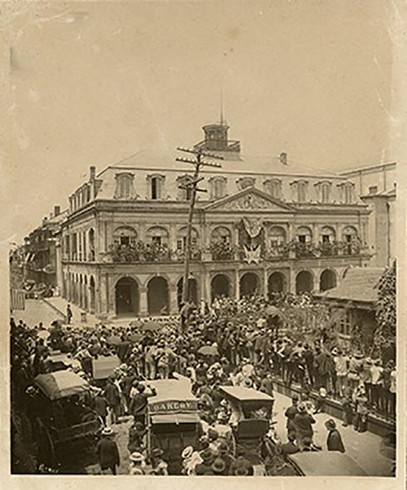
Cabildo, circa 1815, year of the Battle of New Orleans. Courtesy of Louisiana State Museum.
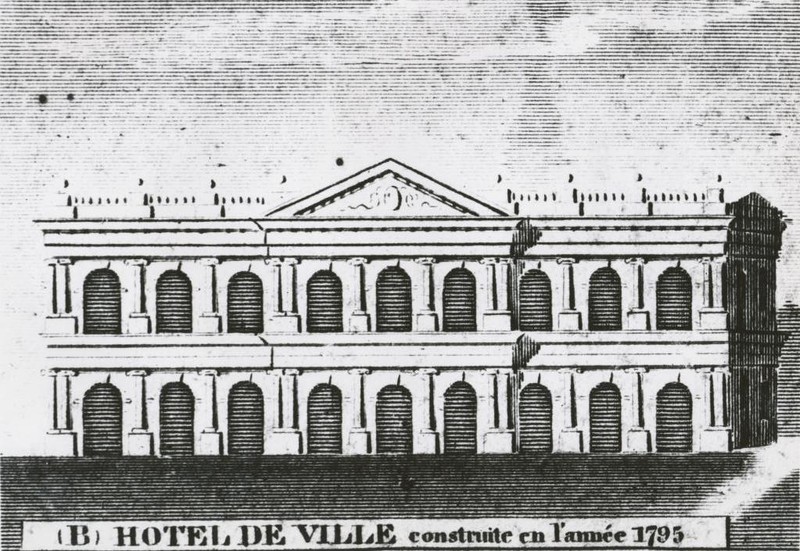
The reconstructed Cabildo as it would have looked in 1794 following the 1788 fire. Reconstructions were financed by philanthropist Don Almonester. Illustration dates to 1890. Courtesy of the Louisiana State Museum
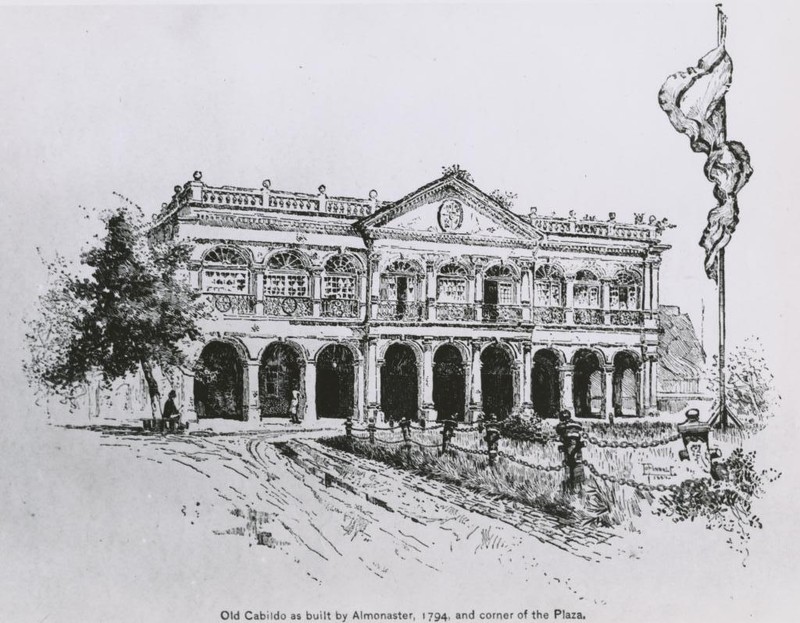
The Cabildo in 1890. Courtesy of Louisiana State Museum.
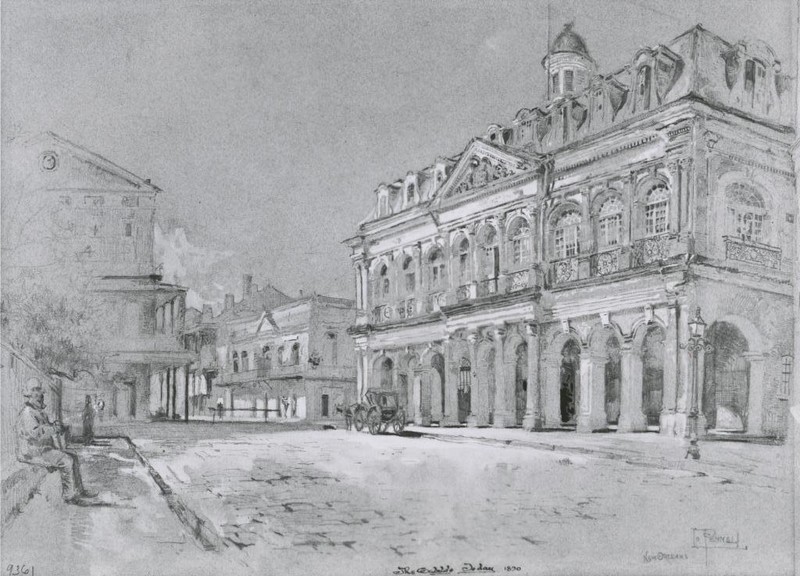
The Cabildo in 1900. Postcard photograph from the Supreme Court of Louisiana era. Courtesy of Library of Congress
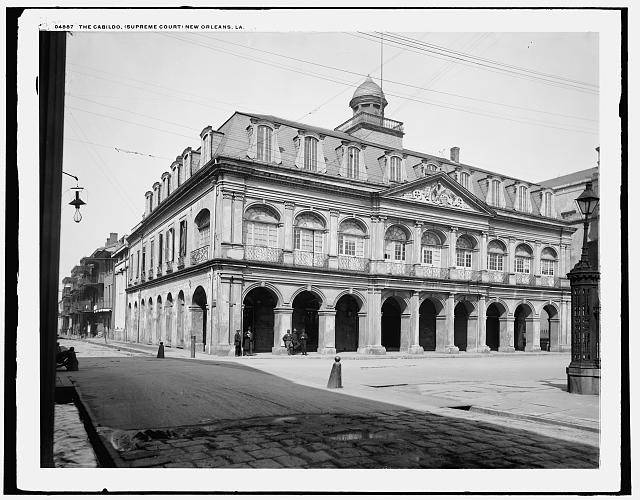
Backstory and Context
Text-to-speech Audio
*Further history on The Cabildo:
The Cabildo was extensively damaged by a fire on May 11, 1988, which destroyed the cupola and the entire third floor, but it was restored and reopened to the public in 1994. In 2005, the Cabildo survived Hurricane Katrina, the eye of which passed 30 miles east of downtown, with relatively minor damage.
Days after Hurricane Katrina, the Louisiana State Police used the business offices of the Cabildo to set up what was called Troop N. The "N" was a designate for New Orleans. From the Cabildo, Louisiana State Troopers patrolled the streets of the city along with other state police agencies from New Mexico and New York.
Cite This Entry
Harris, Jeremy et. al. "The Cabildo." Clio: Your Guide to History. February 6, 2017. Accessed March 18, 2025. https://theclio.com/entry/12229
Sources
"The Cabildo." National Park Service. Retrieved 8 January 2017. https://www.nps.gov/nr/travel/american_latino_heritage/The_Cabildo.html
"The Cabildo and Presbytère." Tulane School of Architecture. Retrieved 8 January 2017.
http://architecture.tulane.edu/preservation-project/place/358
Mary Ann Wegmann, The Law Library of Louisiana, and University of New Orleans History Department, “The Cabildo: Home of the Louisiana Supreme Court, 1853-1910,” New Orleans Historical, accessed February 3, 2017,http://www.neworleanshistorical.org/items/show/629.
"Louisiana State Museum" (history), Joseph F. Meany Jr., Karen W. Engelke, The Journal of American History, Vol. 83, No. 3 (Dec. 1996), pages 946–952, webpage: JSTOR-Cabild

